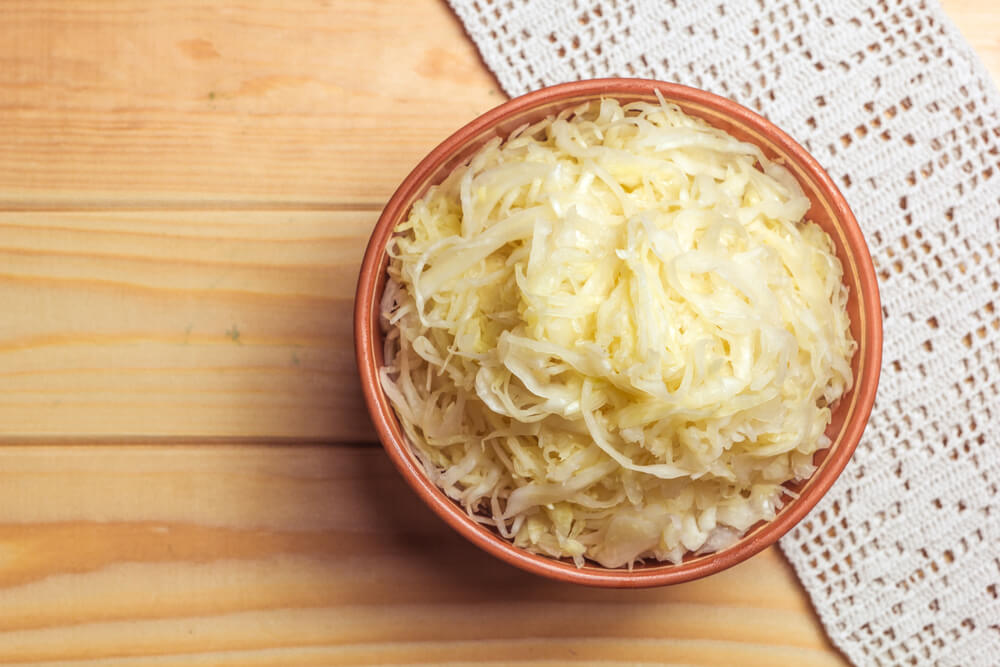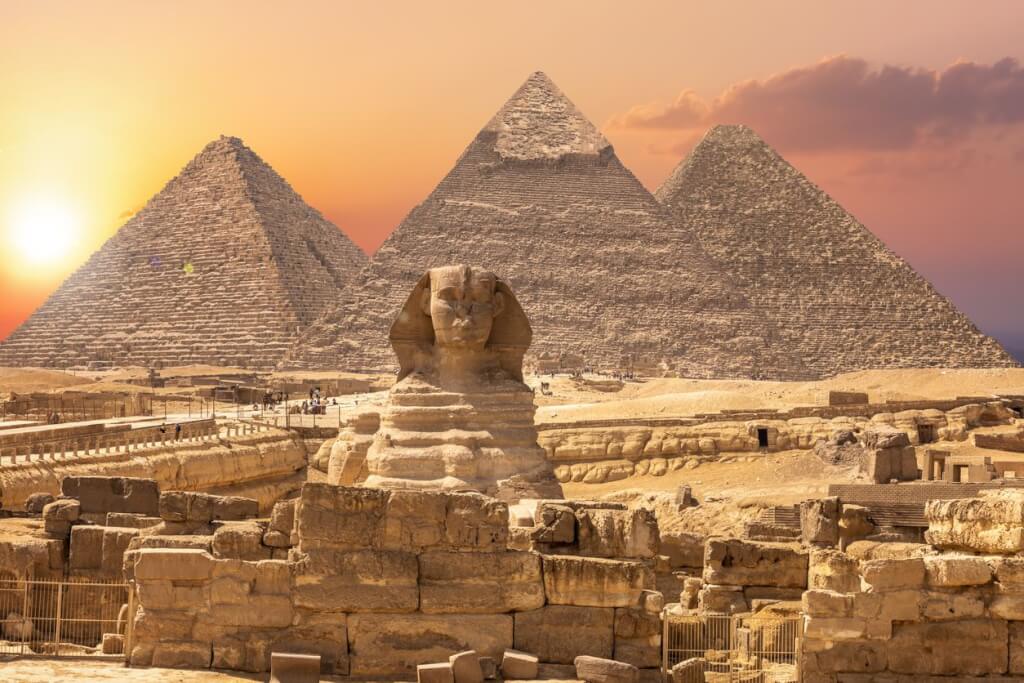Novels with relatives and the war for rooms: how one of the most luxurious palaces in Europe lived
'29.09.2020'
Source: "Tape.ru"
Legitimate anointed ones and usurpers of power, hereditary aristocrats and upstart nouveau riches built palaces for themselves and surrounded them with parks. Many of them eventually became public museums, which can now be appreciated by “mere mortals”. So it happened with the Schönbrunn Palace near Vienna, where the romantic empress Sissi lived in the XNUMXth century, says "Lenta.ru".
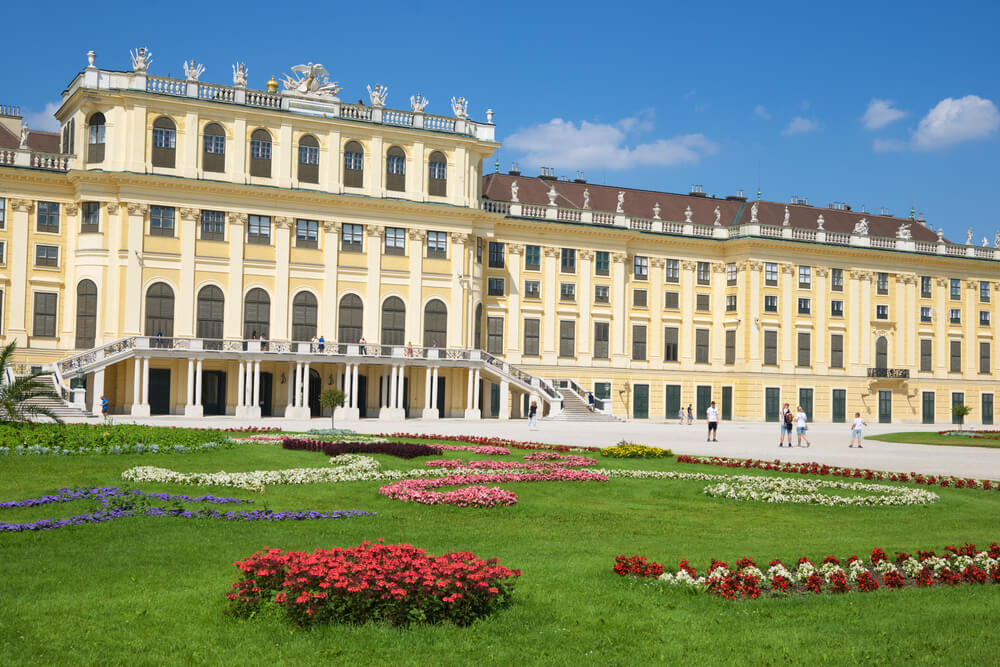
Excellent sources
Like many other famous residences, the Austrian Schönbrunn Palace was built on the monastery grounds. According to old documents, in the XIV century on the site of the future residence there was the Katterburg estate (a house with stables and outbuildings, a water mill and a garden), which belonged to the Klosterneuburg monastery. In 1569, Catterburg passed into the possession of the Habsburg dynasty: the place was picturesque and promising, as they would say now, from the point of view of development.
According to legend, the current name was given to him by Emperor Matthew in 1612. The monarch hunted in the vicinity of Catterburg and discovered there "wonderful springs" (Schöne Brunnen), and the courtiers, accustomed to catching every word of the sovereign, remembered this remark. Hunting was loved not only by Emperor Matthew, but also by other rulers of the country.
Emperor Ferdinand II and his wife Eleanor Gonzaga, fans of this outdoor activity, turned Catterburg into their "hunting base". When Ferdinand died in 1637, his widow ordered the rebuilding of the hunting lodge into a more spacious country castle. In 1642, the work was completed, and the hostess officially renamed her residence Schönbrunn.
The castle was badly damaged when in 1683 Vienna was besieged by the Turkish troops of Kara-Mustafa, Grand Vizier of Sultan Mehmed IV. The Polish king Jan Sobieski, an ally of the emperor, defeated the formidable enemy. Since then, the Ottoman Empire no longer claimed the lands of Central Europe.
A little more than ten years after this glorious victory, Emperor Leopold I ordered to rebuild the destroyed castle. He wanted to turn it into a country palace following the example of Versailles, which excited the imagination of all European monarchs.
In addition, Leopold had his own scores with the master of Versailles, Louis XIV: the emperor of the Holy Roman Empire constantly competed with the French "sun king" for hegemony on the continent.
Construction began in 1696 under the direction of the architect Fischer von Erlach. By 1713, the work was completed, but not because the palace was completed. On the contrary, the construction site remained unfinished. Leopold I died in 1705, his successor Joseph I in 1711, and the next emperor, Charles VI, did not need a residence, and he did not work on it. Life in Schönbrunn froze for a while.
On the subject: As a girl from the Soviet garden became the only modern empress in the world
Palace with a menagerie
The palace was given new life by the Austrian Archduchess and Queen of Bohemia Maria Theresa, the classic "enlightened monarch" of the 1743th century. She patronized the arts, posed for artists, corresponded with celebrities, gave balls, and collected paintings and luxury goods. Maria Theresa ordered the rebuilding of the palace in XNUMX, and over time it became one of her favorite residences.
Originally built like the Catherine Palace near St. Petersburg, as a baroque, over time, Schönbrunn acquired the features of classicism. They can be clearly seen in the form of the Gloriette Pavilion, which has survived to this day on a high hill above the palace. It was built in 1775 and literally reminds of the owner of the palace: Josepho II. Augusto et Maria Theresia Imperantib. MDCCLXXV ("Erected under the reign of Emperor Joseph and Empress Maria Theresa, 1775"). Now the observation deck on the roof of the Glorietta offers the best view of Schönbrunn.
Since the reign of Maria Theresa and her husband, Emperor Franz I Stephen of Lorraine, the oldest public zoo in the world has been running. In 1752, a large menagerie appeared in Schönbrunn Park, the first guests of which were aristocrats and imperial entourage. It has successfully existed to this day and is now available for inspection by everyone.
Thanks to Maria Theresia, another attraction of the park, the Labyrinth, appeared. Under the empress, it consisted of four separate parts and a central pavilion, from which it could be viewed in its entirety. At the end of the 1715th century, the labyrinth was uprooted, but a hundred years later it was restored to attract tourists. Now the area of the labyrinth is 12 square meters, it is decorated with images of XNUMX signs of the zodiac, and at the end of the path you can climb to the platform and examine the labyrinth from above, as under Maria Theresa.
Thousand and 441 rooms
The gallant XNUMXth century gave way to the romantic XNUMXth century, but Schönbrunn remained at the center of cultural life and world politics. Thus, the Mirror Hall of the palace, decorated in the rococo style, became the site of the first court concert of the great Austrian composer Wolfgang Amadeus Mozart: he played music there in front of crowned listeners when he was only six years old.
The round Chinese study, the favorite room of Maria Theresa, witnessed her secret meetings with the State Chancellor, Prince Kaunitz. A few decades later, another office - the Lacquer Room - was occupied by Napoleon, who was planning his military operations against the Austrians, and the Congress of Vienna, the negotiations of representatives of Napoleon's victorious countries, met in the Great Schönbrunn Gallery.
Even during the reign of Maria Theresa in Schönbrunn, one of the standard interiors of the Rococo era was created - the Millionth Room, paneled with rosewood and decorated with Indian and Persian miniatures. Of course, it was not "one million" in the account: during its heyday, the residence consisted of only 1441 premises. Of course, not all of them belonged to the imperial chambers: most of the rooms were reserved for household needs.
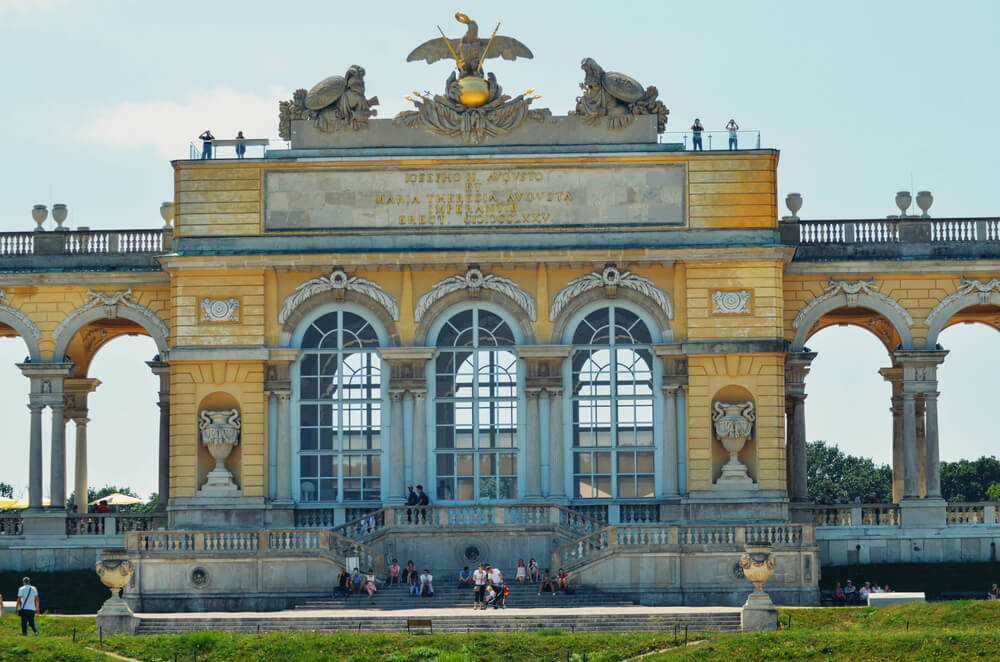
Sportswoman and just beauty
Today, 45 rooms and offices of Schönbrunn are open for review, in which the atmosphere of the era of Emperor Franz Joseph I is mainly preserved. He was born in this palace in 1830, and died here 86 years later, after his 68-year reign. ...
However, with all due respect to the figure of the long-lived emperor (he ruled longer than the British Queen Victoria), his wife, Empress Elizabeth, aroused much more attention and interest among ordinary people. She is better known by her home name Sissi. This romantic, even dramatic figure has excited the imagination of poets, writers, playwrights and filmmakers for more than a century and a half.
Elizabeth was a cousin of Franz Joseph, the niece of his mother, Archduchess Sophia of Bavaria. Sofia was a domineering woman with great influence over her son. She decided to marry the emperor to a cousin - not young Sissy, but her older sister Helena. However, when she agreed with her sister, the mother of a potential bride, to spend several days together at the Bad Ischl resort and introduce the future spouses there, it turned out that Franz Joseph did not like Helena, unlike Sissi. A lively and romantic girl, seven years younger than the emperor, won his heart.
Sissy spent her youth quite freely. Parents and educators did not bother her with studies and musical studies, allowed her to write poetry and watercolors, allowed her to arrange her own little menagerie and encouraged horseback riding. All of these liberties ended after the sixteen-year-old princess became the wife of her cousin in April 1854.
On the subject: Not just Megan: 10 modern Cinderellas who managed to marry the prince
The reclusive empress
The power in the young family was firmly taken into their own hands by Sissy's aunt and mother-in-law, Archduchess Sophia. She intervened in all the affairs of the newlyweds, literally scheduled their day every minute, loaded them with secular and court duties so that her son and niece-daughter-in-law had almost no time for simple human communication with each other.
Sissy loved nature, horseback riding, walking, but even these innocent pursuits were suppressed by her mother-in-law. One of the first "battles" with her husband's mother, the young empress had to endure just in Schönbrunn, where she really wanted to get at her disposal rooms overlooking the park. In the end, the "battle" was won.
The newlyweds received rooms with windows overlooking Schönbrunn Park, decorated in a lush neo-rocaille style (silk wall coverings, mirrors, gilded volutes). Sissi got her own salon for receiving guests, a personal bedroom (in the aristocratic families of the XNUMXth century, joint overnight stays were not accepted by the spouses), an office and a dressing room. However, the empress was not allowed to retire as much as she wanted. Even when she became pregnant, she had to walk in full view of the courtiers and the public. In order for the people to see that Franz Joseph's wife was waiting for an heir, Archduchess Sophia ordered the destruction of the hedge that encloses the park.
When the eldest daughters of Sissy, Sofia Frederica and Gisela, were born, their grandmother removed them from their mother to another wing of the palace. It couldn't help Sissy's mental balance. She was worried, demanded that her husband influence her mother-in-law, but he himself was the henpecked one of his domineering mother. Little Sofia Frederica died of illness at the age of two. A year after this tragic event, the only son of Sissi, the heir to the throne, Prince Rudolph, was born. His grandmother immediately took up his upbringing, almost completely removing the empress.
Sissy suffered a difficult pregnancy and childbirth, she no longer had the strength to fight her mother-in-law. In addition, her husband left for Italy shortly after the birth of his son, where the Austrians fought the troops of Napoleon III. The emperor, who still loved his wife, wrote romantic letters to Elizabeth, but they did little to console her. She almost did not eat, constantly went on horseback riding and generally was on the verge of a nervous breakdown.
Sissy was a little calmed only by gymnastics: Sissi was obsessed with harmony, which most of her relatives lost after the birth of children and because of their love for high-calorie Austrian dishes. In one of her rooms in Schönbrunn, the Empress ordered the establishment of a gymnasium, which tourists can still see.
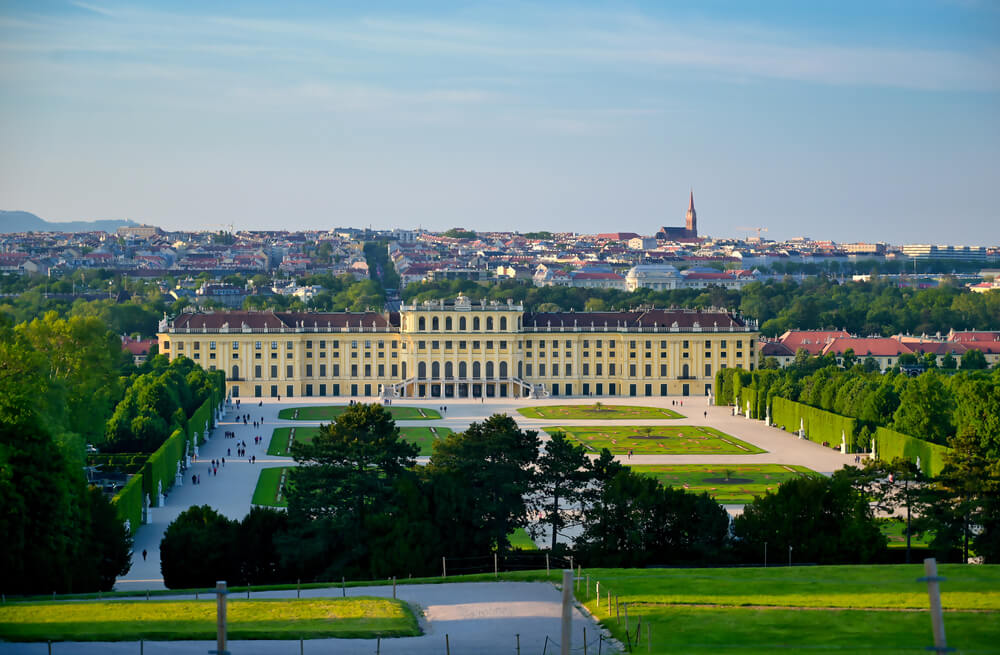
Sunset of the empire
Sissi's mother-in-law, Archduchess Sophia, died in 1872, but already several years earlier the empress was able to get rid of her influence. In particular, Sissy stopped the harsh educational drill that her grandmother arranged for her son Rudolph: instead of the soldier educators, the empress hired the heir to the famous zoologist Alfred Brehm, the author of the multi-volume Animal Life, as a teacher.
In 1868, the youngest child, Princess Maria Valeria, was born to the imperial couple. Her grandmother was no longer allowed to her upbringing, and Sissy surrounded her daughter with nervous, almost obsessive care. However, the appearance of a daughter could not strengthen the crumbling marriage union of Franz Joseph and Elizabeth: the couple actually left. The emperor continued to keep photographs of his wife (they can still be seen in his office in Schönbrunn), but he had some favorites: first the wife of a postal worker, Anna Nagowski, then the actress Katharina Schratt. Elderly Franz Joseph did not hide his relationship with Schratt, of which his Schönbrunn chambers were a silent witness.
In 1889, the Empress Sissi was overtaken by a new blow: her son, the heir to the throne, Crown Prince Rudolph, died under mysterious circumstances. He was found shot to death in Mayerling Castle; his favorite, Baroness Maria Vechera, died with him. The tragedy was explained by a double suicide, but there is a version that it was a political murder disguised as a suicide.
The unfortunate monarch spent her last years on travels, one of which ended tragically. In September 1898, while walking along the Geneva embankment, the Italian anarchist Luigi Lucheni attacked the Sissi. He hit the Empress with a sharpened file. The wound looked harmless, but caused internal bleeding, from which the empress died on the same day.
After the death of Rudolph, Franz Joseph I had no direct heirs. He lived mainly in his beloved Schönbrunn, where he continued to decorate the park: for example, in 1882, on his order, the Palma House was rebuilt in the palace greenhouse, erecting three pavilions for different temperature zones. However, in general, the emperor was a conservative and did not like innovations: for example, he was persuaded for a long time to supply electricity to the palace. Franz Joseph, 86, died in his Schönbrunn chambers in the midst of World War I.
The throne went to the son of his nephew, Archduke Otto I, 27-year-old Charles I. He did not rule for long: already in 1918 he had to abdicate the throne. It all happened in the same Schönbrunn. Tourists can now visit the Blue Chinese Salon, where the complex and dramatic history of the Austro-Hungarian Empire ended.






